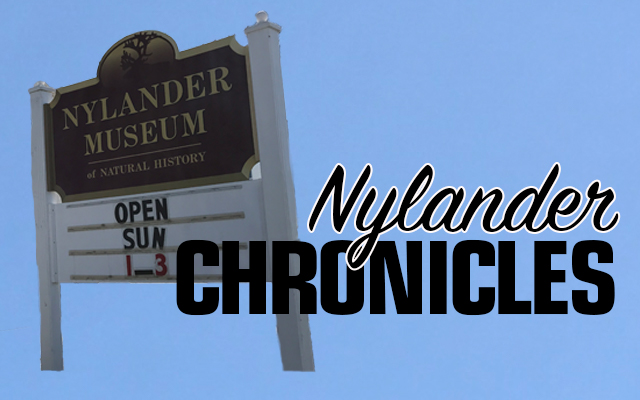Concretions are natural phenomena unknown to most people but occurring all around the world including Aroostook County. Concretions are hard masses of rock. In Latin, the word con means ‘together’ and the word crescere means “to grow.” Joined together the two words become “concretions. “
These take between a few months to a few years to develop. Some other names for them are Poseidon Balls, Devil’s Marbles, and Kansas Pop Rocks.
The secrets of concretions include the process of formation and what is inside. They are formed when minerals get pushed tightly around an object. Most are objects such as leaves, teeth, a grain of sand, shells or fossils of plants and animals. The minerals that surround these objects can be jasper, hematite, gypsum, flin, or chert.
Typically, only one mineral ends up surrounding an object, but it is not uncommon to find traces of other materials in their makeup. Examples are those found in a Southern England coastal salt marsh that have materials from World War II, such as bullet shells, bombs and shrapnel. Concretions are found in sedimentary rock, but most are found inside sandstone, shales and siltstone.
Because of all these variations, the shape and size of concretions can vary. Some are so small that a magnifying glass is needed to see them. Those in Theodore Roosevelt National Park are up to 9.8 feet in diameter. These can weigh several thousand pounds. The shape is mostly spherical, but they can also be in the shape of disks or tubes, or grape-like.
Olof Nylander spent time collecting concretions from around the United States and Canada. The Nylander Museum has on display concretions from Madawaska Lake, Woodland, Caribou and St. Leonard.
During your visit to the Nylander Museum, you will see several shapes, and some are cracked open to reveal their secrets.
This column is the work of the Nylander Museum board of directors.








